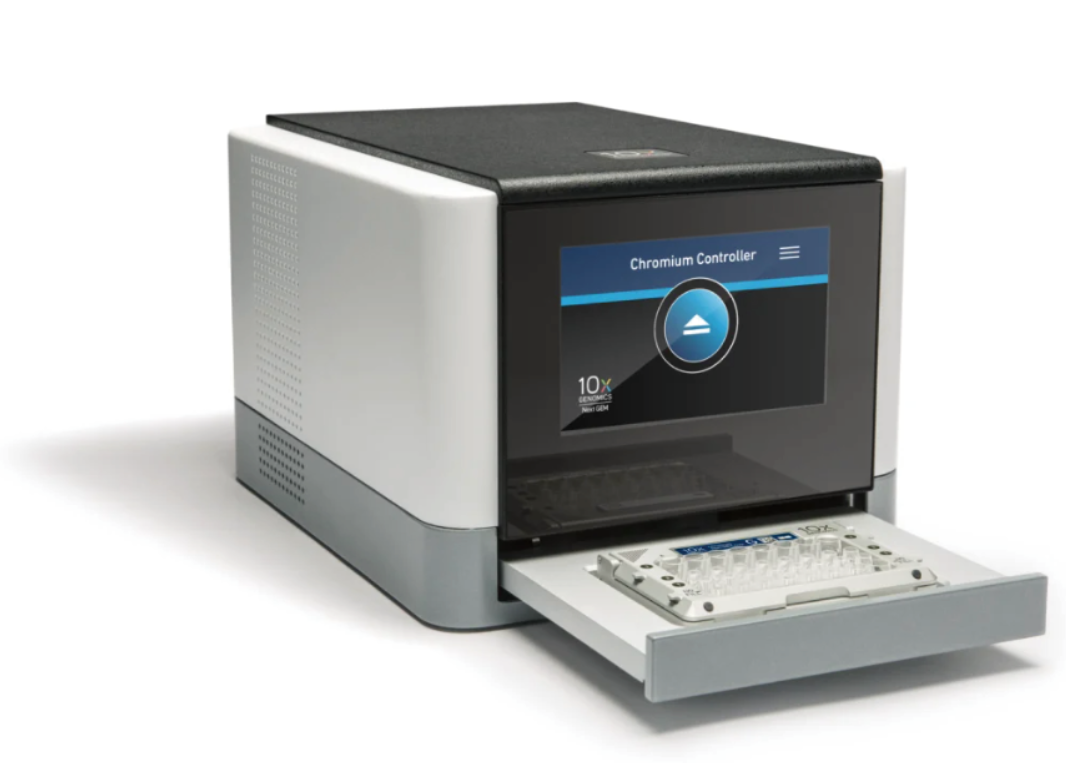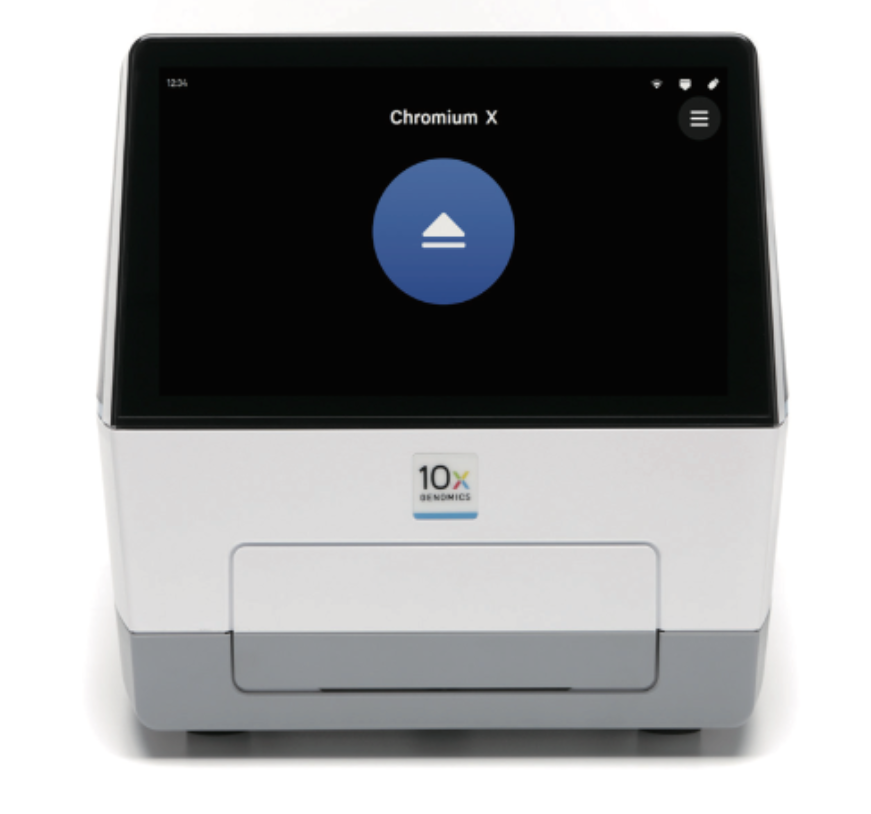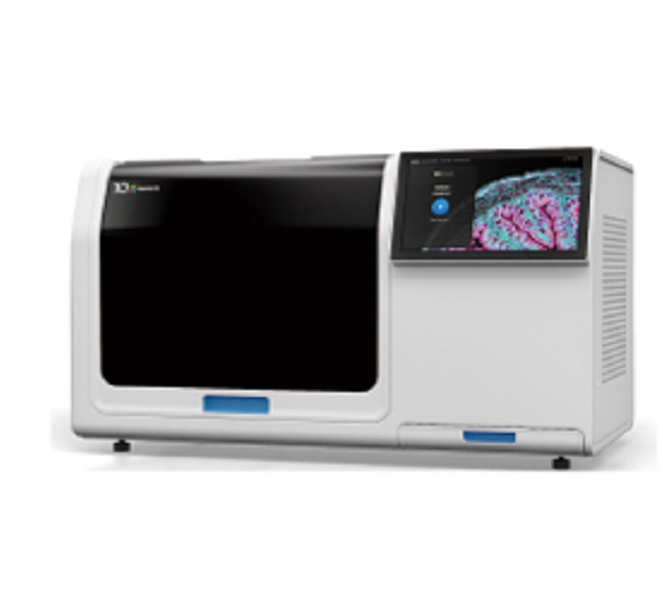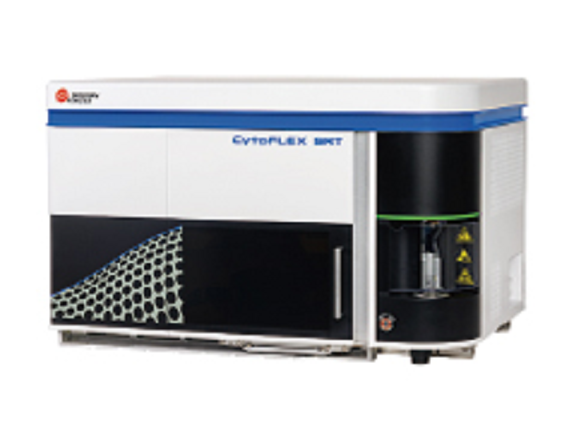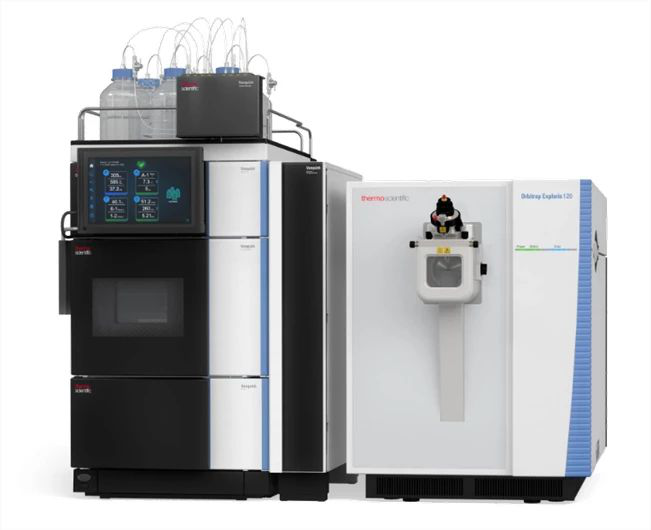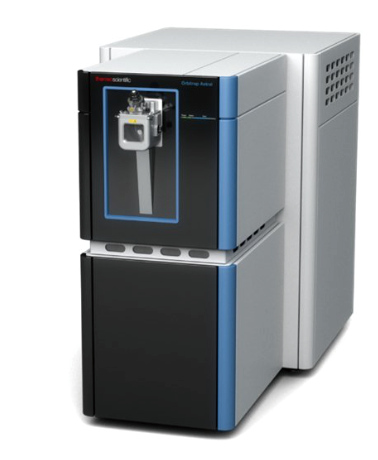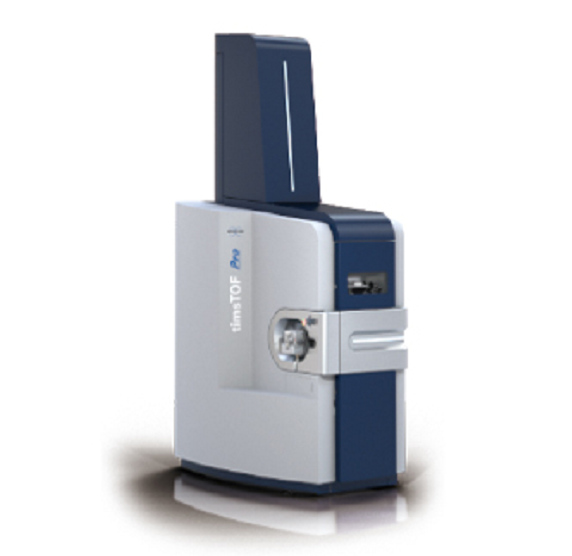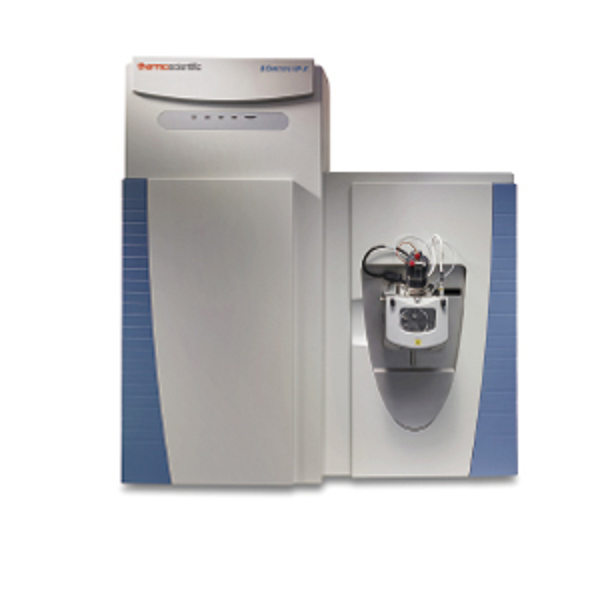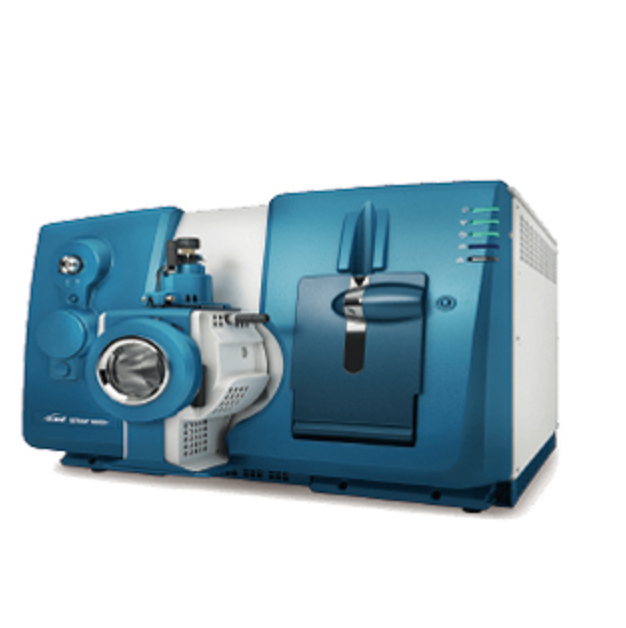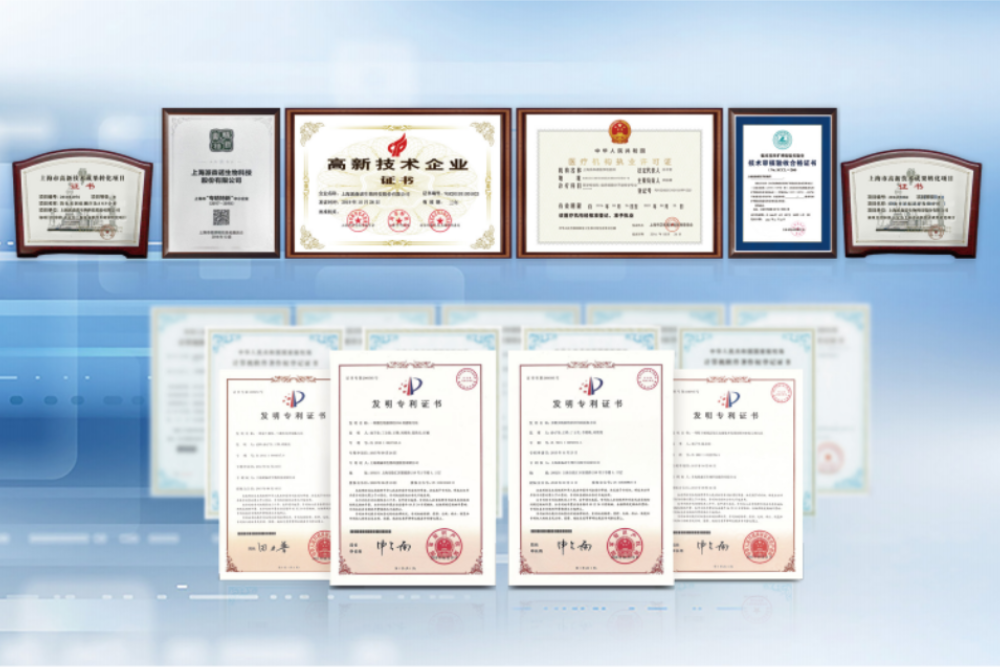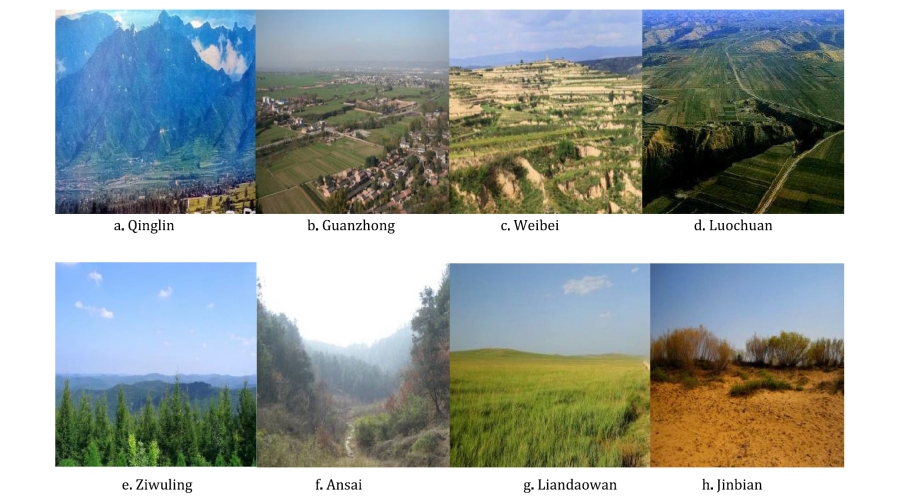
Abstract
Fungi are ecological drivers of in soils and also effectively mediate mineral nutrition for plants especially in the severe�������l�����y eroded Plateau of China. However, factors determining variations in fungal diversity and their biogeographic patterns in this rigorously affected landscape area remain poorly understood. Therefore, we perf�����ormed Illumina MiSeq high throughput sequencing of the fungal specific, internal transcribed spacer 2 (ITS2)��� region from 24 representative soils covering forest, and agr��������icultural lands from 8 distinct landscapes. Using this technique, we demonstrate that fungal members belonging to phylum Ascomycota do����minated in all soils investigated in this study with an average higher than 80%. High fungal richness in the Loess Plateau soils is ������ascribed to the retrieval of 1,822,499 quality sequences belonging to 13,533 different phylotypes. However, this richness/phyloty������pe number decreased (from 779 to 561) with increasing through 107°39������′ to 109°36′. Interestingly, higher fungal diversity (in terms of presence of diverse fungal taxa) occurred as microbial ��������biomass carbon (MBC) concentration decreased (approximately from 500 to 100?mg?kg?1) in soils. Variation analysis revealed t�����hat geographic distance contributed more to fungal ������community variation (38.3%) than (22.2%) at the landscape le�����vel (~400?km). As indicated by non-metric multidimensional scaling (NMDS), among soil properties, concentrations of MBC primarily affected (significantly corrected with NMDS 1; r?=?0.620; p?<?0.01) fungal community structure in the current study. This study therefore constitutes an essential set of information and recommends usage������� of information on fungal community structure as a potential of the Loess Plateau region.
Text link
/�����/www.sciencedirect.com/science/article/pii/S0048969������719301147?via%3Dihub







